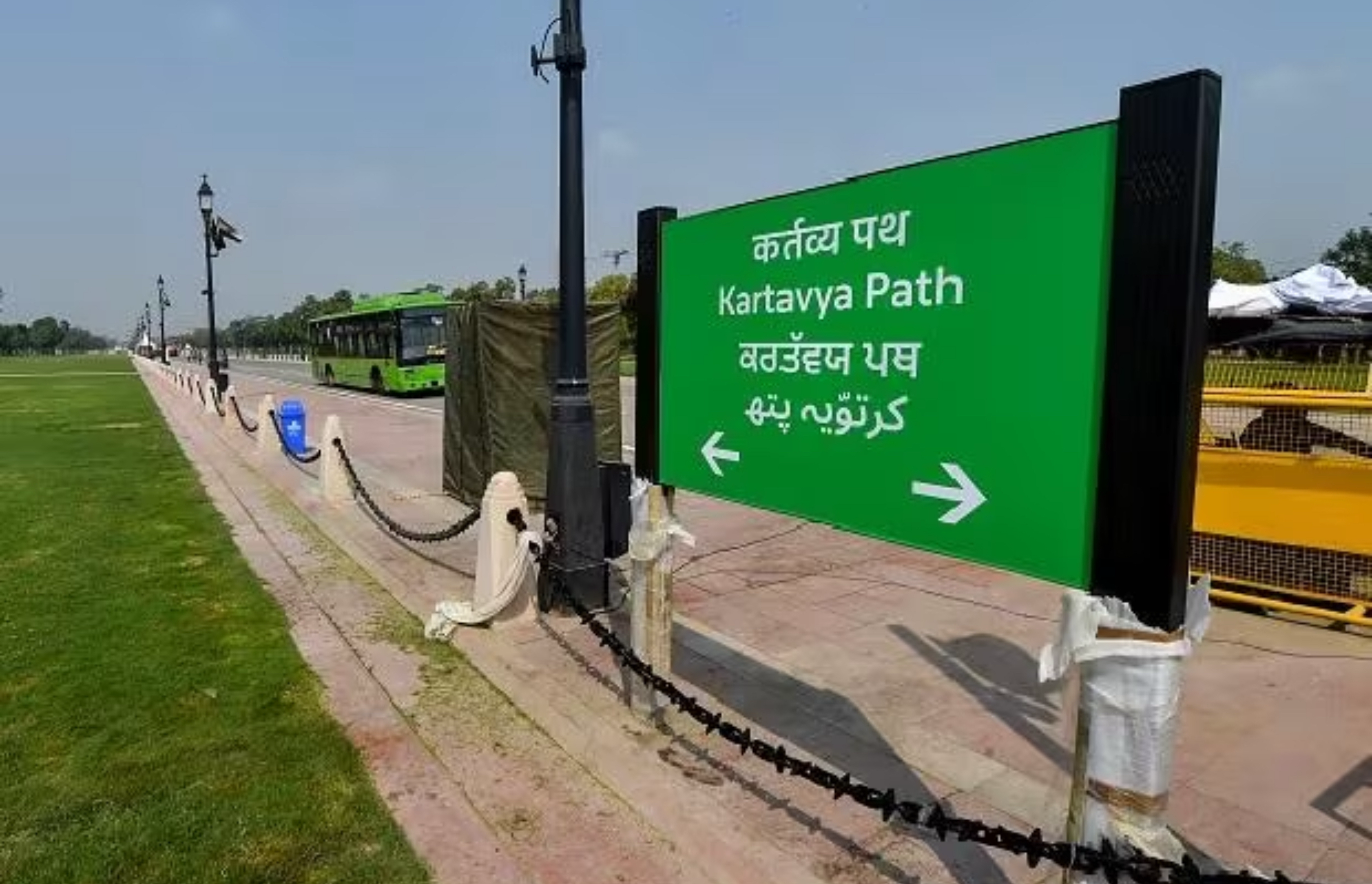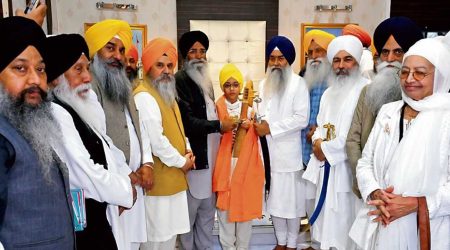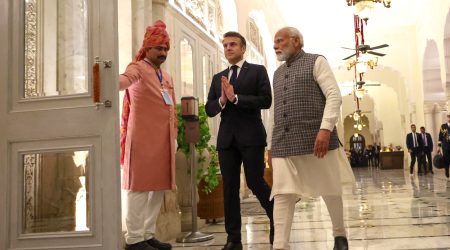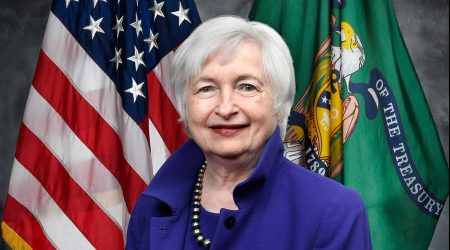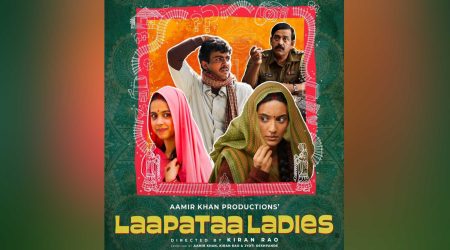The new temple of Shri Ram is being inaugurated on January 22 by none other than the Prime Minister of India, Narendra Modi. On May 5, 2014, PM Modi had stated quoting Mahatma Gandhi that “When people used to ask Mahatma Gandhi about what kind of rule should be, Mahatma Gandhi would explain it in only one phrase that if we think about Welfare State then it should be Ram Rajya.”
Further, on October 23, 2022, the Prime Minister again repeated, “Ram embodies the spirit of India, which believes that our rights are realized through our duties…. And see the coincidence, the original copy of our Constitution on which the picture of Lord Ram, Mother Sita and Lakshman ji is inscribed, that page of the Constitution also talks about fundamental rights (kartavya)…. the more we strengthen our resolve towards duties, the more the concept of a ‘Ram Rajya’ will become a reality.”
A similar expression can be found in Valmiki Ramayana,
रामो रामो राम इति प्रजानामभवन् कथाः।
रामभूतं जगाभूद्रामे राज्यं प्रशासति।।
Translated as, while Rama ruled the kingdom, the talks of the Praja people centered round Rama, Rama and Rama. The world became Rama’s world.
Tulsidas begins describing Ram Raj as following,
राम राज बैठे त्रैलोका। हर्षित भए गए सब सोका।।
Meaning, as Ram was crowned and his rein started, there no one in the three world (three lokas – pataal, the nether world, Prithvi, the earth, and swarga, the heavens) who was sad or worried, they were all happy.
Valmiki asserts that the entire nature was in harmony and balanced,
नित्यपुष्पा नित्यफलास्तरवः स्कन्धविस्तृताः।
कालवर्षी च पर्जन्यः सुखस्पर्शश्च मारुतः।।
The trees there were bearing flowers and fruits regularly, without any injury by pests and insects. The clouds were raining in time and the wind was delightful to the touch.
सर्वे लक्षणसम्पन्नाः सर्वे धर्मपरायणाः।।
All the people were endowed with excellent characteristics. All were engaged in virtue or in their own dharma.
One may have to invoke Bhagvadgita to explore the deeper meaning of Raj, as it is one of the three qualities of the mind (sattva, rajas, and tamas) that determines one’s behavior.
सत्त्वं सुखे सञ्जयति रज: कर्मणि भारत।
ज्ञानमावृत्य तु तम: प्रमादे सञ्जयत्युत ।।14.9।।
Meaning, Sattva binds one to material happiness; rajas conditions the soul toward actions; and tamas clouds wisdom and binds one to delusion.
The action oriented rajas is quite complex, and it takes quite a bit of efforts to figure out the complexity of rajas, thus, one should approach rajas with caution, lest it be explained inappropriately.
सत्त्वं सुखे सञ्जयति रज: कर्मणि भारत।
ज्ञानमावृत्य तु तम: प्रमादे सञ्जयत्युत ।।14.9।।
Meaning, Sattva binds one to material happiness; rajas conditions the soul toward actions; and tamas clouds wisdom and binds one to delusion. Thus, it is the rajas characteristic that links the soul to action, referring to the integrated actions with heart and soul, that would reflect the thoughts actions and words, something Ram was so passion about.
Interestingly, on September 8, 2022, an act of Modi government made a serious impression on the country when the Prime Minister of India, Narendra Modi, changed the name of Rajpath to Kartavya Path, saying, “A new era has begun in the form of Kartavya Path. ‘Kingsway (Rajpath)’, the symbol of colonialism, will be history and has been erased forever.”
Thus, Ram Raj, the ever idealistic kingdom of justice and fairness, will have to translate to Ram Kartavya, so aptly appropriate for a personality that placed everything on the altar of the kartavya of a son, a brother, a husband, a father, and above all a people’s (praja) king.
PM Modi rightly, therefore, said the Rajpath was for the British Raj, to whom the people of India were subjugated masses. He said that Rajpath was also a symbol of slavery and its structure was also a symbol of slavery. Today its architecture has also changed and its spirit has also changed, PM Modi added.
Hopefully, the highly sophisticated art of Vastu that was developed in India as part of Ayurveda was integrated into this new architecture to not only shake off colonial slavery but cosmic slavery as well. It was surely a welcome step. However, it would be a more meaningful mission were it to begin making the entire array of symbols and systems of colonialism a history.
Kartavya seems to be the most appropriate way to take the ownership of one’s duties. However, Rajpath could actually have been changed to Rampath, as Ram raj may become linguistically troublesome, if the raj were to be translated as a British king. Raj bhasha on the government portal may become kartavya bhasha, which may be a must to learn to speak for one’s kartavya. Similarly, Raj kosh (treasury) may have to become the Kartavya Kosh, the Raj Bhavan may need to be referred as Kartava Bhavan.
Many terminologies may have to be examined and perhaps even changed to elicit their true meanings for modern society.

Balram Singh is a Professor and the President of the Institute of Advanced Sciences, Dartmouth, Massachusetts, researching Ayurveda, Yoga, Vedic education, and Vedic social and political traditions. He is also adjunct faculty at Jawaharlal Nehru University (JNU), New Delhi.


